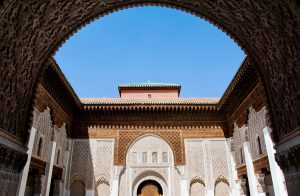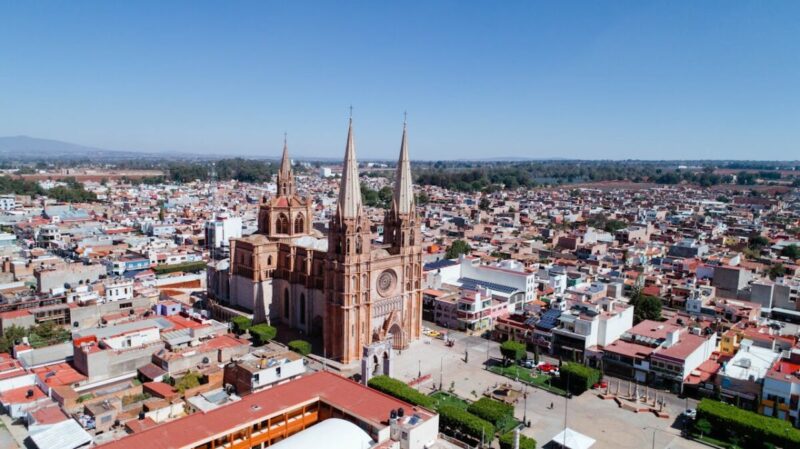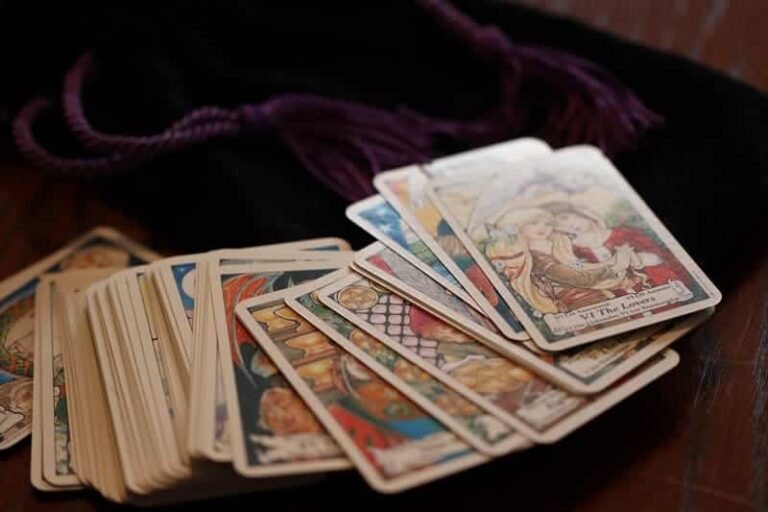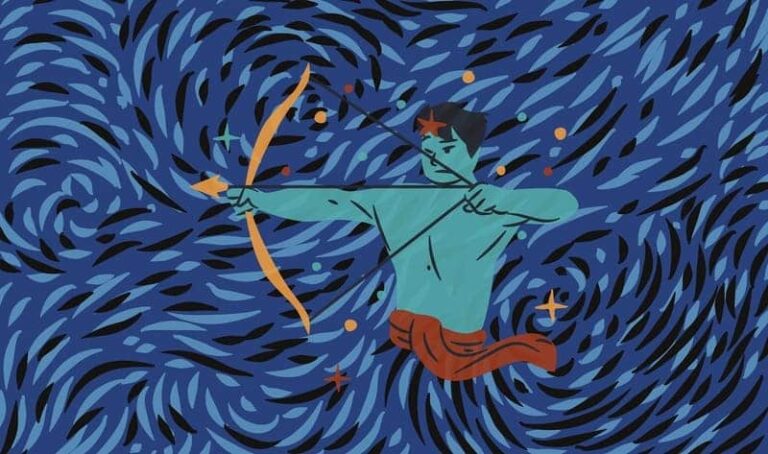Saint Gregory the Great Pope 590-604
Saint Gregory the Great, Pope 590-604, is the author of the Gregorian chant, which bears his name, and the Gregorian calendar, which we still use. He is the second of the three Popes with the title “the Great,’ alongside Popes Leo I and Nicholas I. Saint Gregory was the first monk to ascend to the papacy. In his time, Saint Gregory saw Franks, Lombards, and Visigoths align with Rome in religion. His effects are well-known and have long legs, Ew still are affected by them to this day. Has anyone ever had more impact than Saint Gregory?
Saint Gregory the Great Biography

Gregory was born in about 540 in Rome, at that time part of the Eastern Roman Empire. Saint Gregory was born into a wealthy noble Roman family with many connections to the church. Gregory’s great-great-grandfather had been Pope Felix III and his mother and two of his aunts are saints in the Catholic Church.
Saint Gregory was born into a period of upheaval in Italy. From 542, the Plague of Justinian swept through the provinces of the empire, including Italy. The plague caused famine, panic, and sometimes rioting. In some parts of the country, over a third of the population was wiped out or destroyed, with heavy spiritual and emotional effects on the people of the empire. Politically, although the Western Roman Empire had long since vanished in favor of the Gothic kings of Italy, during the 540s Italy was gradually retaken from the Goths by Justinian I, emperor of the Eastern Roman Empire, ruling from Constantinople.
The monks of the Monastery of St. Andrew, established by Gregory at the ancestral home on the Caelian, had a portrait of him made after his death, which John the Deacon also saw in the 9th century. So, we know what he looks like. He reports the picture of a man who was “rather bald” and had a “tawny” beard like his father’s and a face that was intermediate in shape between his mother’s and father’s. The hair that he had on the sides was long and carefully curled. His nose was “thin and straight” and “slightly aquiline”. “His forehead was high.” He had thick, “subdivided” lips and a chin of a comely prominence, and “beautiful hands.”
As a monk, Saint Gregory had a deep respect for the monastic life and particularly the vow of poverty. Thus, when it came to light that a monk lying on his death bed had stolen three gold pieces he, as a remedial punishment, forced the monk to die alone, then threw his body and coins on a manure heap to rot with a condemnation, “Take your money with you to perdition.” Gregory believed that the punishment for sins can begin, even in this life, before death. However, in time, after the monk’s death, Gregory had 30 Masses offered for the man to assist his soul before the final judgment.
In 579, Pelagius II chose Gregory as ambassador to the imperial court in Constantinople. He would stay in that post until 586. Gregory was part of the Roman delegation that arrived in Constantinople in 578 to ask the emperor for military aid against the Lombards. When Saint Gregory became pope in 590, among his first acts was writing a series of letters disavowing any ambition for the throne of Peter and praising the contemplative life of the monks.
Pope Gregory had strong convictions on missions and was created to revitalize the church’s missionary work. He converted the Anglo-Saxons in Great Britain, the Netherlands, and Germany. As Pope Saint Gregory began aggressively requiring his churchmen to seek out and relieve needy persons and reprimanded them if they did not. It is said he was declared a saint immediately after his death by “popular acclamation.”
Conclusion
The relics of Saint Gregory are in St. Peter’s Basilica in Rome. We are fortunate to know a lot about him because of his high profile and the many of his works that still survive. When you consider his massive reforms, there may have never been a person who has had a greater impact. We are lucky to have had him, and he is worthy of emulation.






